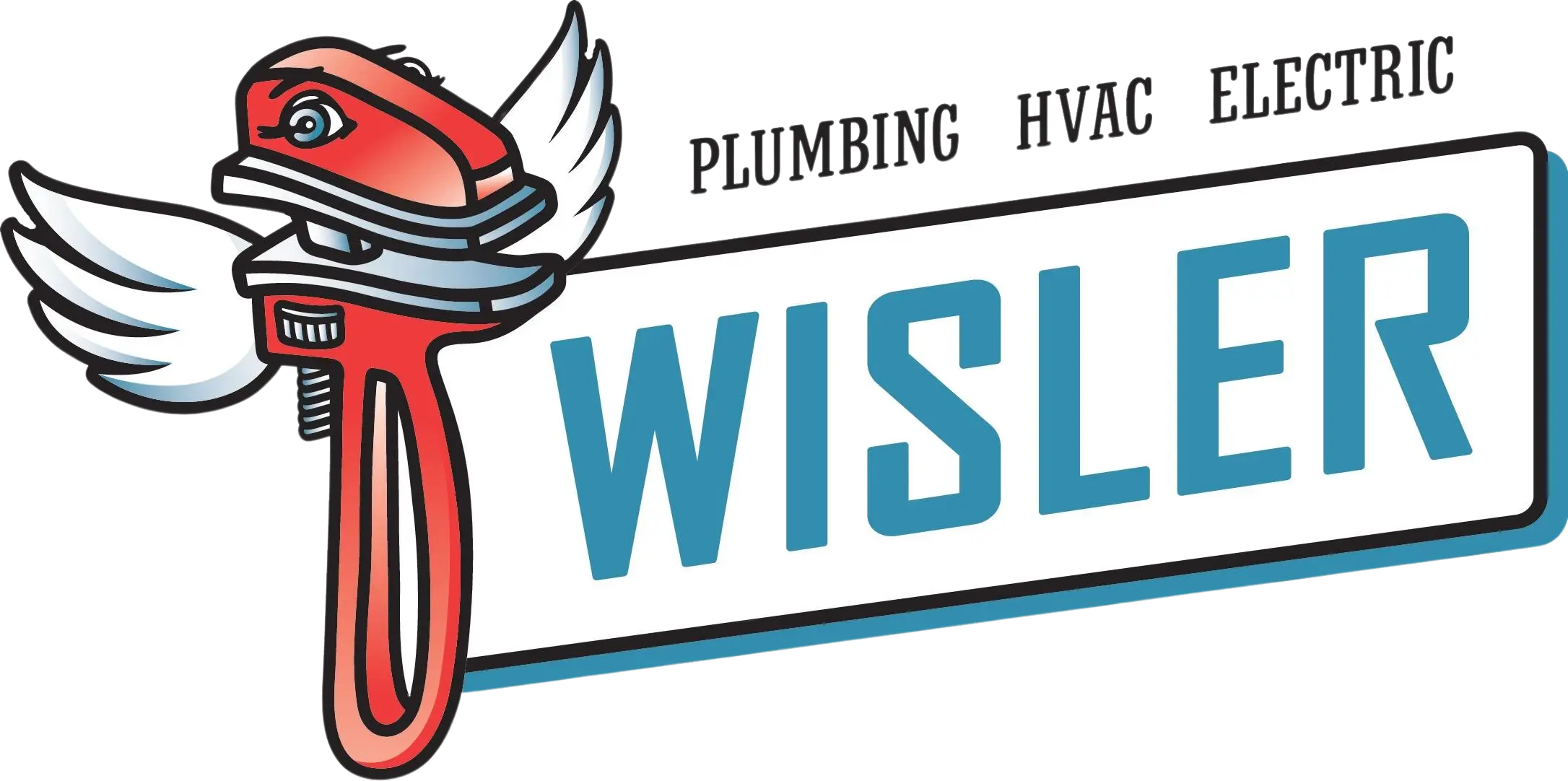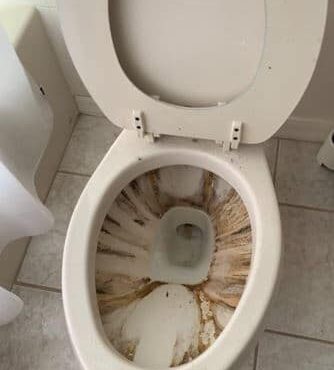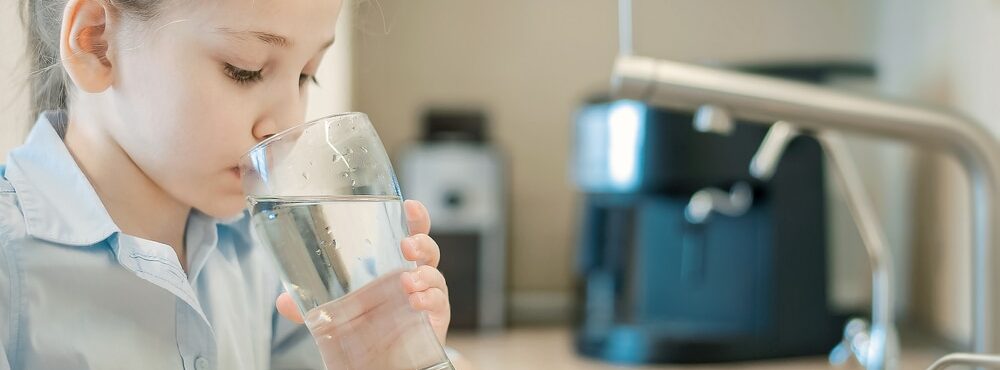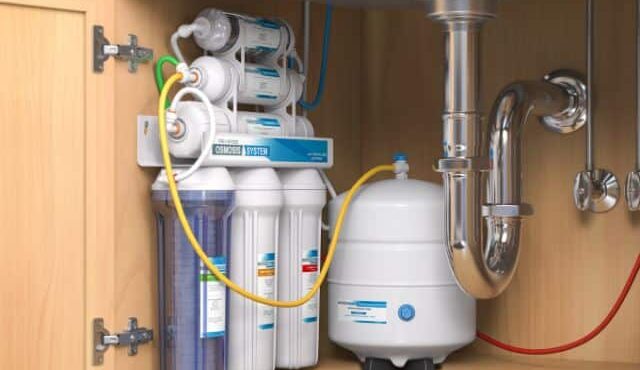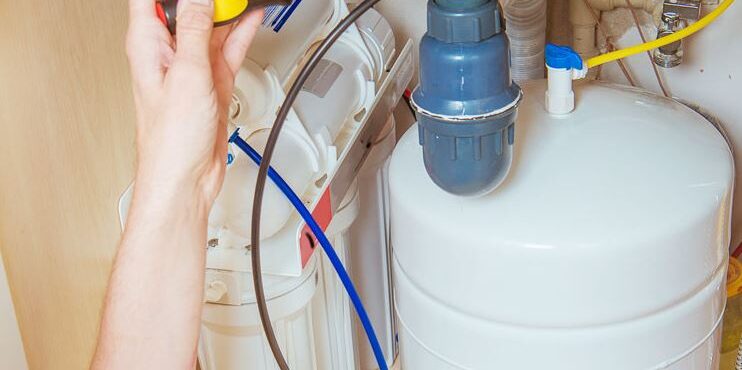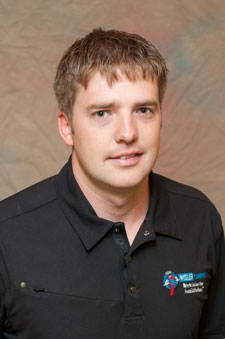Water quality is critical for a variety of reasons, from its impact on our health to its impact on our household appliances. One household item we often overlook when it comes to water quality is the humble toilet. However, toilets occupy a central place in our everyday lives. And for residents of Virginia, where hard […]
